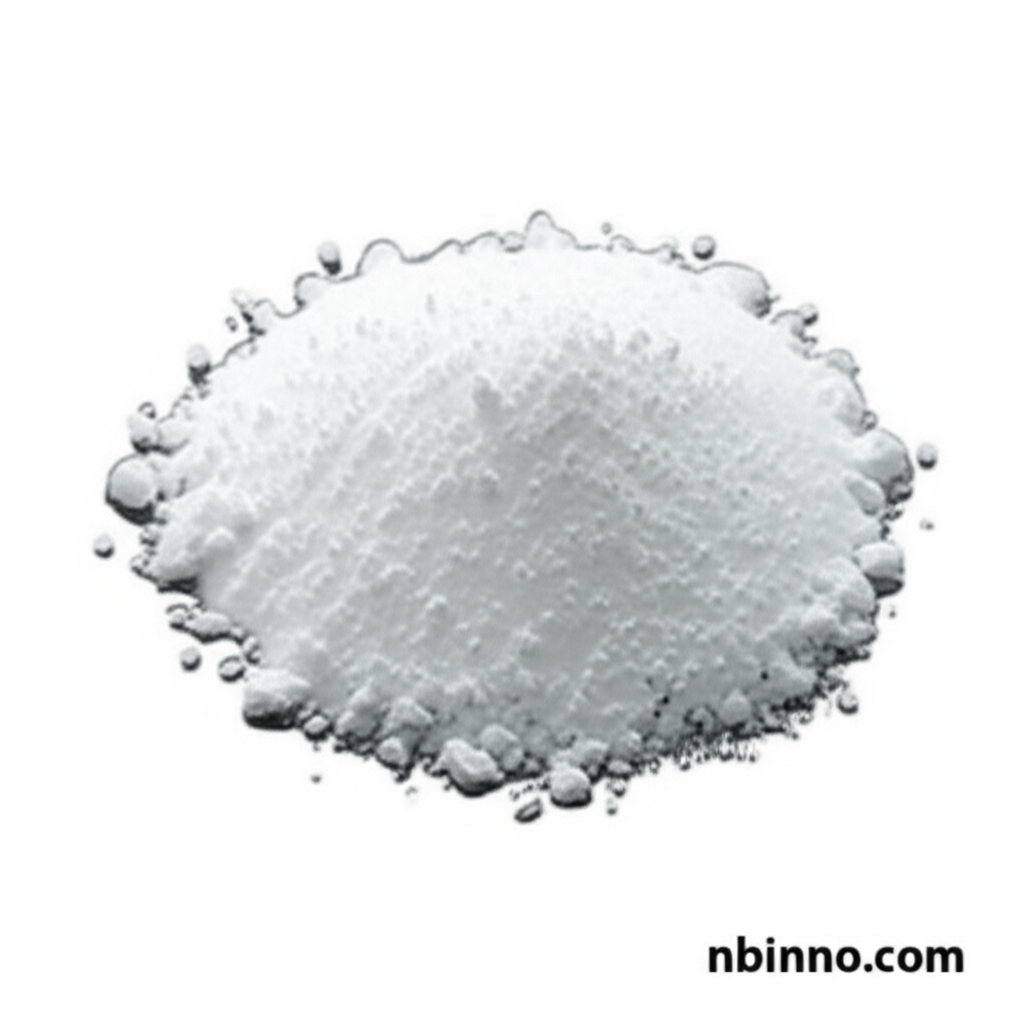Unveiling the Potential of 3,5-Pyridinedicarboxylic Acid Derivative for OLED Technology
Discover a high-purity intermediate crucial for advanced electronic applications and chemical synthesis.
Get a Quote & SampleProduct Core Value

3,5-Pyridinedicarboxylic acid, 1,4-dihydro-2,6-dimethyl-4-(3-nitrophenyl)-, 3,5-dimethyl ester
This article details the high-purity 3,5-Pyridinedicarboxylic acid, 1,4-dihydro-2,6-dimethyl-4-(3-nitrophenyl)-, 3,5-dimethyl ester (CAS 21881-77-6), a vital component in the electronic chemicals sector, specifically for OLED applications. It serves as a critical intermediate in complex organic synthesis, enabling the creation of advanced materials.
- Explore the benefits of high purity chemical intermediates for your next project. With a 99% purity level, this compound ensures reliable results in demanding applications.
- Understand the importance of CAS 21881-77-6 OLED intermediates in the development of next-generation display technologies, contributing to enhanced performance and durability.
- Learn about the chemical manufacturing capabilities in China for specialized compounds, offering a competitive edge in global supply chains.
- Discover the versatility of this nitrophenyl pyridine derivative as a building block in various fine chemical synthesis pathways.
Advantages Offered
Superior Purity for Precision Applications
Achieve optimal outcomes in your electronic chemical synthesis with a compound boasting 99% purity, minimizing unwanted side reactions and ensuring material integrity.
Critical for OLED Material Development
As a key intermediate, this product plays an indispensable role in the synthesis of materials essential for advanced OLED displays, driving innovation in visual technology.
Global Chemical Supply Chain Integration
Leverage robust chemical manufacturing in China to source essential materials like CAS 21881-77-6 OLED intermediates, ensuring consistent and scalable supply for your production needs.
Key Applications
OLED Technology Integration
This compound is a crucial building block for creating advanced materials used in OLED displays, contributing to brighter, more efficient, and longer-lasting electronic devices.
Fine Chemical Synthesis
Its complex molecular structure makes it a valuable starting material or intermediate for synthesizing a wide range of fine chemicals, catering to diverse industry needs.
Specialty Organic Chemistry
Researchers and chemists can utilize this nitrophenyl pyridine derivative in advanced organic synthesis projects, exploring new reaction pathways and novel compound development.
Electronic Material Research
The compound's properties make it a subject of interest in the research and development of new electronic materials, pushing the boundaries of material science.
